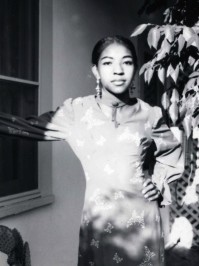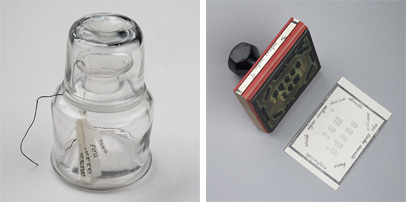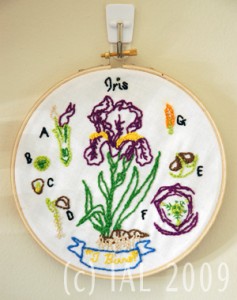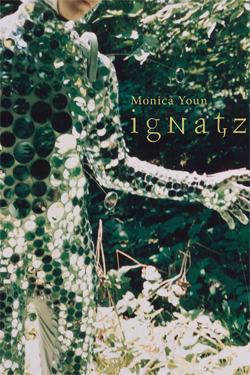This week’s prompt is based on a surrealist exercise. I tried leading a version of it this past spring at the Center for the Homeless, where I was participating in a writing group, and it was fascinating to hear the kind of responses that the topic of superstition evoked. Everyone had a story to tell: of Irish grandmothers who threw salt over their shoulders, fathers who insisted that if their son did not wear a particular “lucky” jersey, their favorite team would lose, fears of opening umbrellas indoors and ruminations on the subject of black cats (What happens to people who own black cats? They must cross their pets’ paths all the time). Whether or not one would identify oneself as superstitious, there is something attractive about the imaginative possibilities evoked by unusual relationships of cause and effect. If I sleep with my notes under my pillow the night before a test, will the information really seep into my brain? There’s something intriguing about the idea of translating physical symbols — marks on the page — into knowledge which might be acquired through touch, mediated by the permeable state(s) of sleep and dreaming. Superstitions celebrate the strange and fantastic, the unusual and the inexplicable and the ways that we ground our narratives of encounter with them within the contexts of ritual and belief. Where do superstitions come from? What happens when we develop new ones? (For example, “If you sneeze when the wind is blowing South, you’ll generate a tornado somewhere” or, “Don’t eat pretzels on a Sunday; you might come down with the measles”). The following exercise asks you to engage with the question of where and how we come to associate actions with otherwise mysterious consequences.
Prompt: Come up with a new superstition and elaborate upon it in a poem; or, develop a series of new superstitions — and use them to write a list poem.
As an interesting example of a poem based on a made-up superstition, we’ll leave you with this excerpt from Marin Sorescu’s poem, “Superstition“:
My cat washeswith her left paw,there will be another war.For I have observedthat whenever she washeswith her left pawinternational tension growsconsiderably.How can she possibly keep her eyeon all the five continents?Could it bethat in her pupilsthat Pythia now resideswho has the powerto predictthe whole of historywithout a full-stop or comma?






